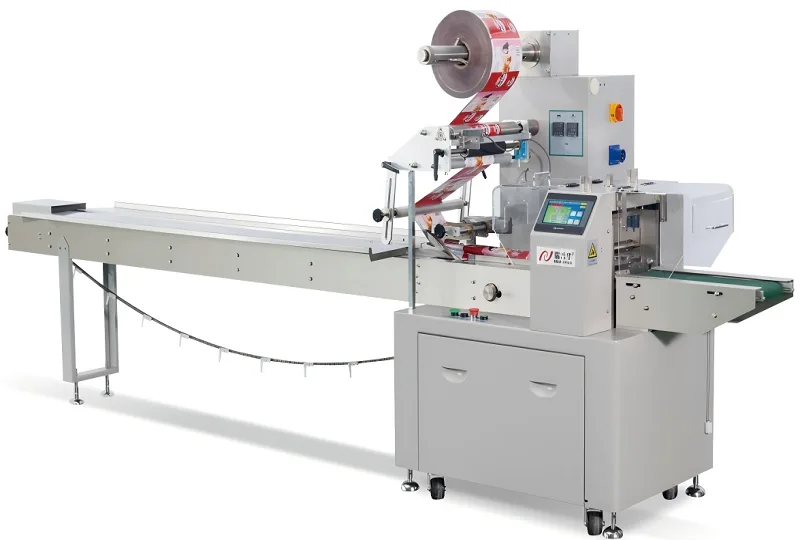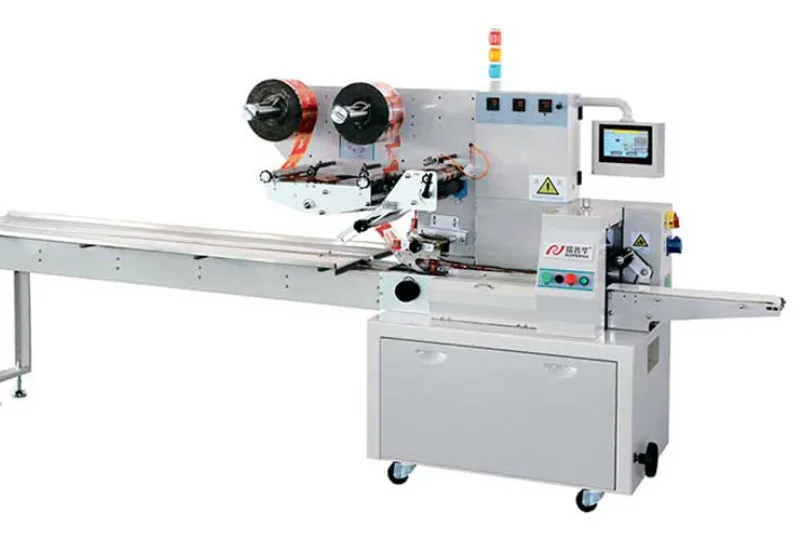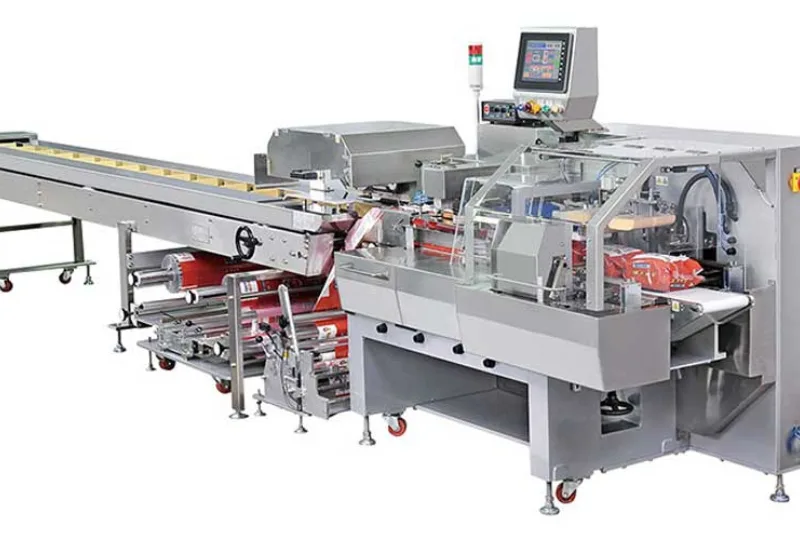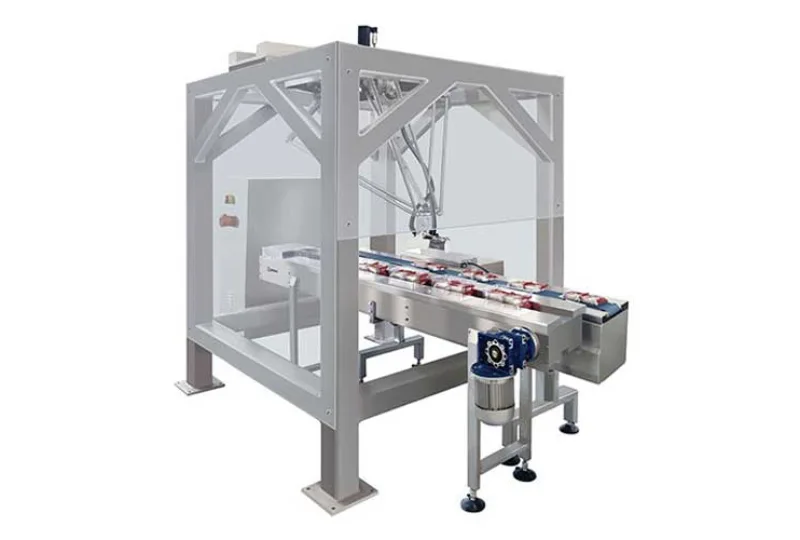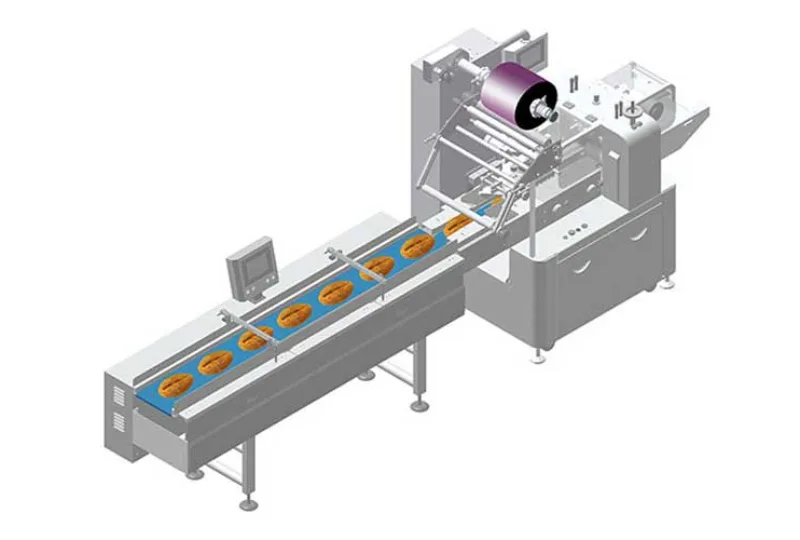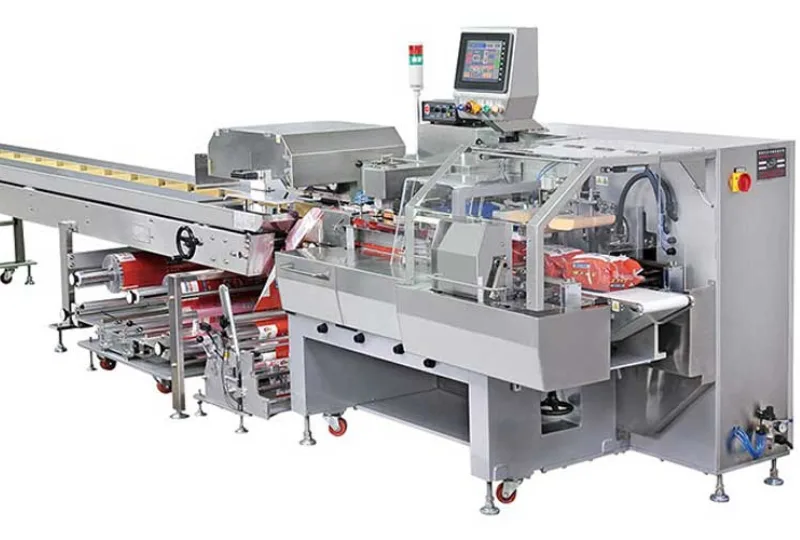The Science Behind Granule Packing- How It Works
The article “The Science Behind Granule Packing: How It Works” delves into the captivating world of granular materials and their remarkable behavior. It unveils the intricate mechanisms underlying the packing of granules, shedding light on the fundamental principles that govern their arrangement and flow. By exploring the interplay of particle properties, packing geometries, and external forces, the article provides a comprehensive understanding of this fascinating phenomenon.
Particle Properties and Shape
Granule packing is significantly influenced by particle properties such as size, shape, and surface texture. Spherical granules pack more efficiently than irregularly shaped ones, as they can slide past each other more easily. The surface texture of granules also affects packing, with rough surfaces hindering the formation of dense packings.
Packing Geometries
The geometry of a granular assembly plays a crucial role in determining its packing density and properties. Loose packings, characterized by large void spaces, exhibit low density and poor mechanical stability. Dense packings, on the other hand, have minimal void spaces and exhibit high density and strength. The arrangement of granules within a packing can vary, giving rise to different packing structures, such as hexagonal close-packed and face-centered cubic packings.
External Forces
External forces, such as gravity and vibration, can significantly affect granule packing. Gravity induces a tendency for granules to settle and compact, leading to denser packings. Vibration, on the other hand, can disrupt the packing structure and promote granular flow. By understanding the influence of external forces, researchers can tailor packing processes to achieve desired properties.
Granular Flow
Granular materials exhibit unique flow behaviors due to the frictional interactions between particles. When a granular assembly is subjected to an applied force, it may flow like a liquid or a solid, depending on the packing density and external conditions. Dense packings tend to behave more like solids, resisting deformation, while loose packings exhibit fluid-like behavior.
Applications of Granule Packing
The science of granule packing has myriad applications in diverse industries. It is essential in the design of pharmaceutical formulations, where the packing of granules affects drug delivery and bioavailability. In the construction industry, granule packing is crucial for optimizing the properties of concrete and other granular materials. Moreover, it finds applications in food processing, agriculture, and other fields where the handling and manipulation of granular materials is critical.
In conclusion, “The Science Behind Granule Packing: How It Works” provides an in-depth exploration of the fundamental mechanisms that govern the packing and flow of granular materials. It unravels the complex interplay of particle properties, packing geometries, external forces, and granular flow behaviors, unveiling the scientific basis for understanding and manipulating these fascinating materials. Through its insights, the article enables researchers and practitioners to harness the power of granule packing to design and optimize materials and processes across industries.
-
01
Automatic Tray Loading and Packaging Equipment: Boost Efficiency to 160 Bags/Minute
21-11-2025 -
02
Automatic Soap Packaging Machine: Boost Productivity with 99% Qualification Rate
21-11-2025 -
03
A Deep Dive into Automatic Toast Processing and Packaging System
18-11-2025 -
04
The Future of Bakery Production: Automated Toast Processing and Packaging System
18-11-2025 -
05
Reliable Food Packaging Solutions with China Bread, Candy, and Biscuit Machines
11-10-2025 -
06
High-Performance Automated Food Packaging Equipment for Modern Production
11-10-2025 -
07
Reliable Pillow Packing Machines for Efficient Packaging Operations
11-10-2025 -
08
Advanced Fully Automatic Packaging Solutions for Efficient Production
11-10-2025 -
09
Efficient Automatic Food Packaging Solutions for Modern Production
11-10-2025 -
10
Advanced Automatic Packaging Equipment for Efficient Production
11-10-2025






